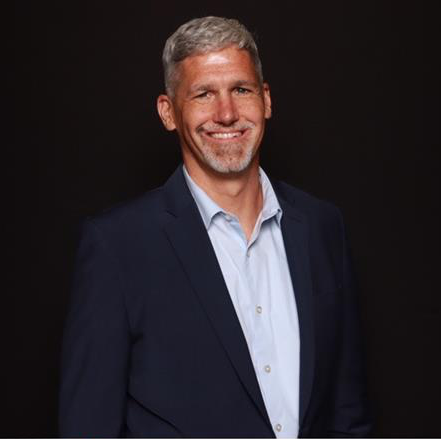A word on “Accessibility” from a Deaf person and VP of Brand Marketing


by Ryan Commerson
By the time I reached the age of 5, I understood that the world was not built for people like me. Most importantly, I had this gut feeling that it was nobody’s fault. It wasn’t until college that I learned a new word: ideology. Two eminent thinkers influenced how I “get” the world around me: Louis Althusser and Stuart Hall.
“Ideology represents the imaginary relationship of individuals to their real conditions of existence.”
- Louis Althusser
“Race is more like a language than it is like the way in which we are biologically constituted.”
- Stuart Hall
To quickly sum up what I have come to realize: Everything that I have read or what others have told me about what being deaf means are made up. One example: because I don’t receive sound through ears does not necessarily mean that I cannot develop a language or a faculty for thinking.
Disability and Accessibility as Social Constructs
So, here we are, talking about accessibility. The notion of “disability” and “accessibility” are also social constructs. The term “social construction” is fancy jargon for the concept that everything that eight billion people created through language is just that: a creation. We made it all up. If we can take a moment and realize that life is essentially empty and meaningless…until humans came along and started producing language, and thus created meanings for pretty much everything in life.
It’s not any one person’s fault that not everyone knows sign language and that interpreting service is expensive. Or that, although it’s possible to easily caption a regular phone call at high accuracy and speed with the help of the AI behind CaptionCall Mobile, call captioning isn’t universal. No one sat in a corner and came up with Machiavellian policies to deliberately make life difficult for some 16% of the world’s population that have a “disability”. Accessibility is actually just a word to describe an attempt to identify the engineering misconceptions resulting from thousands of years of ideological snowballing and “correct” them.
Principles of Universal Design
Quite essentially, accessibility in its current state is an afterthought (or oversight). If we were to consider universal design in the engineering of products to make them responsive to as many representations of humanity as possible, then we could move beyond accessibility as a corrective action. Universal design factors the lived stories of billions of people into one story – uni: one, verse: story – and expresses it in a functional design for everyone.
We all design our environment based on what works for *us*. It is only natural. When we employ others who are unlike us to collectively develop designs, we achieve greater universality simply because we incorporate experience that we don’t have.
Ramps for wheelchair users are not only enjoyed by them; they are immensely helpful to delivery people and parents with strollers. Captioning on television in public — for instance, in a loud restaurant or airport — is convenient and useful for more than Deaf and hard-of-hearing patrons. They are regarded as “accessible” only because the developers didn’t consider those use cases in the design from the beginning. If design were universal at its core, would you point out “accessibility” features or simply call it sensible, smart, and efficient?
The Sorenson Approach: Connect Beyond Words
At Sorenson, we make it our business to offer handcrafted, branded, and thoughtful solutions on a silver platter that integrate seamlessly into daily life and business. We employ diverse Deaf, hard-of-hearing, and hearing people from all walks of life to ensure that our products go beyond that concept of accessibility as a fix. And we do it so individuals can connect with each other, communities can connect across language and culture, and enterprises can connect with some of the $500 billion disposable income of “disabled” Americans.

